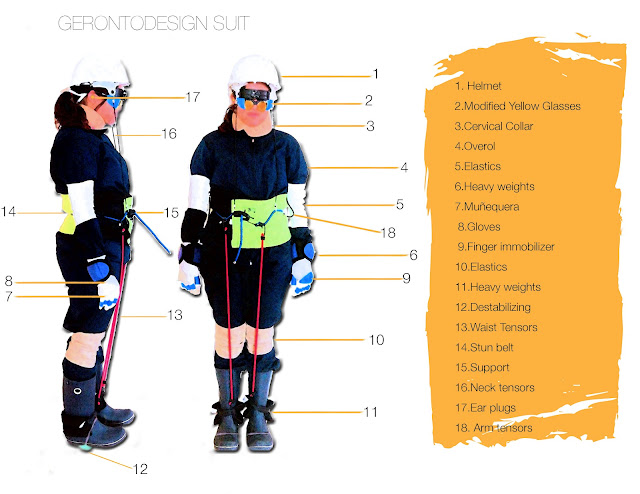Its been a while since the last post, sorry!
I was finishing the research, now I am ready to bring you the GERONTODESIGN
This first post (post research) its about what is gerontodesign and how design for elders
I hope this information will be useful
What is gerontodesign?
Is the union between the gerontology with the design,the purpose of it is to transform the existent products and systems , projecting them and developing them exclusively for the elders, the goal is to bring to the elders an optimus life quality. Also, the gerontodesign is the conjuction of the emotional and universal design ( that are involve by the sustainability), these designs complete the functional and emotional product development.
The gerontodesign makes use of the anthropometry, ergonomy, and functionality also involves the cultural and social aspects of the person.
Gerontodesign is the universal design + emotional design. Is the Dr.House's cane and the usual black cane...
How could I design for the elders?
The person is the most important aspect, first the person, second the person and third the person. The user is the center of the design. When we have this idea clear as water, we will know that all the info that we’ll found will be cuantitative and cualitative, if we only have one type we are wrong.
In order to obtain the cualitative information we could apply techniques like: deep interviews, observation and ethnography. In the next pages we will be talking about a great technique call “a day in the person’s life”, this technique requires an special suit.








